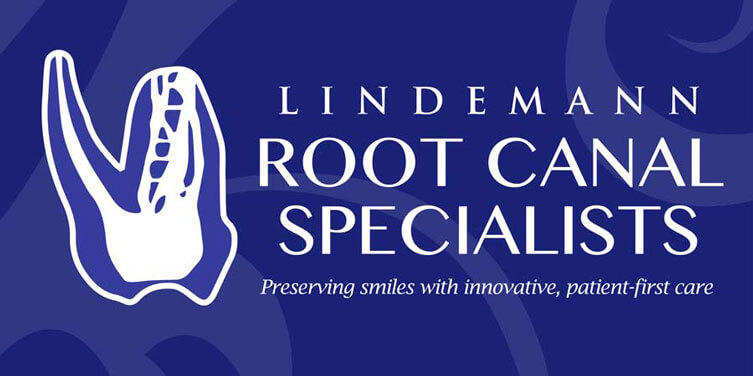Traumatic dental injuries can happen to anyone at any age, and they are especially common in children. Roughly 25 percent of school age children experience some type of dental trauma, and 33 percent of Americans have at least one traumatic dental injury by the age of 19. Treatment varies according to exactly what the dental trauma is, but one factor remains consistent across all types of traumatic dental injuries: immediate treatment is vital. Here is what you should know.
Types of Traumatic Dental Injuries
As the name suggests, traumatic dental injuries are the result of some type of event that applies great force to the teeth and oral tissues. Consequently, traumatic dental injuries often, though not always, occur alongside other types of facial injuries such as damage to the skin and bones. Common types of traumatic dental injuries include, but are not limited to:
- Fractured Tooth
- Jawbone Damage
- Knocked Out/Knocked Loose Tooth
- Soft Tissue Laceration
- Tooth Intrusion into Socket
Risk Factors for Traumatic Dental Injuries
Most of the time, traumatic dental injuries are simply a case of bad luck, such as a car accident or being hit in the face by a flying object. Still, there are certain risk factors that increase the likelihood of a traumatic dental injury. These include, but are not limited to:
Age: Those who are extremely young or extremely old are more likely to fall, and they are more likely to sustain physical damage when they do. This raises the risk of a traumatic dental injury.
Lip or Tongue Piercings: Lip and tongue piercings make it more likely for damage to occur when the teeth and oral structures sustain force. However, there are ways to minimize those risks, so be sure to ask your dentist for advice regarding your piercings.
Malocclusion: Teeth that protrude are less protected by the oral structures, putting them at higher risk for damage.
Contact Sports: The single biggest risk factor for traumatic dental injuries is participation in contact sports. A properly fitted mouthguard can dramatically reduce, though not eliminate, that risk. Ask your dentist about a custom mouthguard, especially if you or child wear braces or have unusual oral anatomy.
Immediate Care
Every minute is vital when a traumatic dental injury has occurred, especially if a tooth was knocked out. Grab the tooth by the chewing surfaces, carefully avoiding the roots, rinse it clean, and submerge it in milk. Apply direct pressure to reduce bleeding, and head directly for your dentist’s office or the emergency room. Most successful reattachments occur within 30 minutes of the injury, although it is still worth trying to save the tooth after as long as an hour or so.
For other types of traumatic dental injuries, the same basic guidelines apply. Check for life-threatening injuries or neck or spinal fractures. Stop the bleeding, ensure the airway is clear, and seek immediate treatment. Dental trauma is frightening, but with quick assessment and action, most cases respond well to relatively simple emergency treatments.
Ready to Get Started?
If you need an endodontist, please contact Lindemann Root Canal Specialists today at 810-732-7900 to schedule your appointment.

